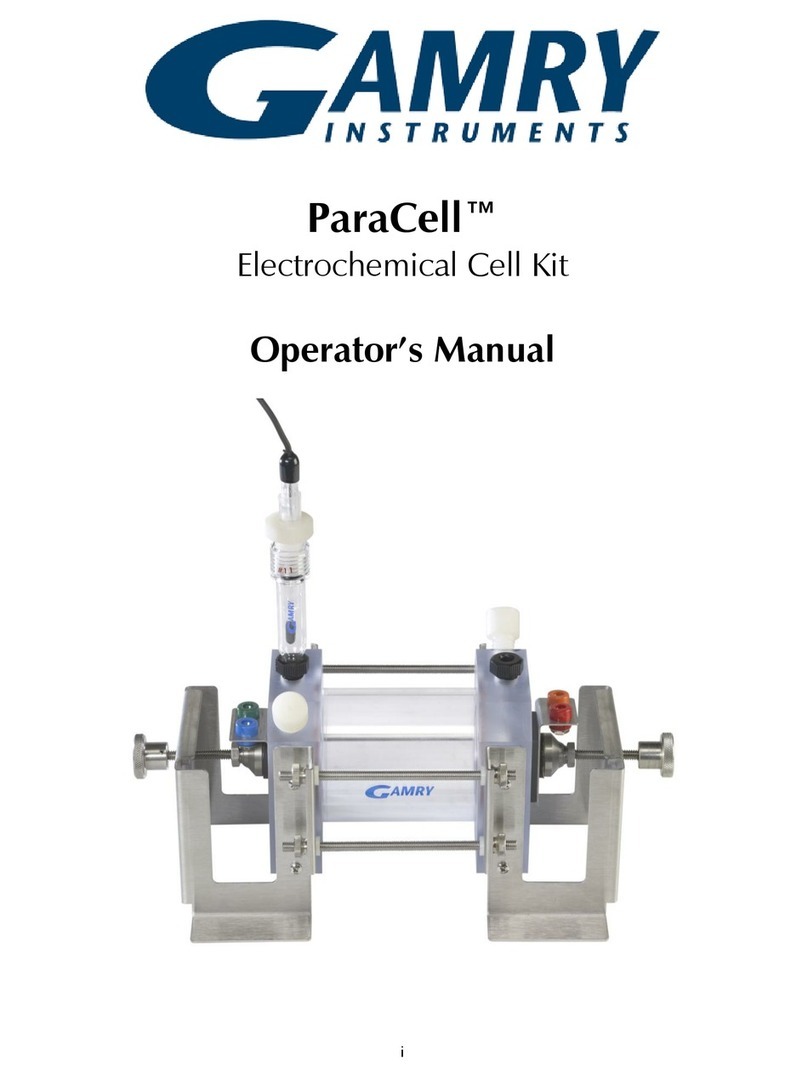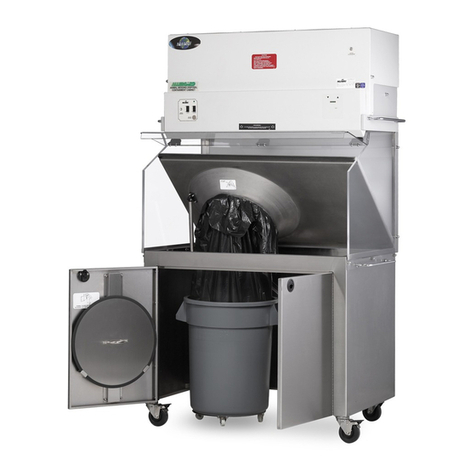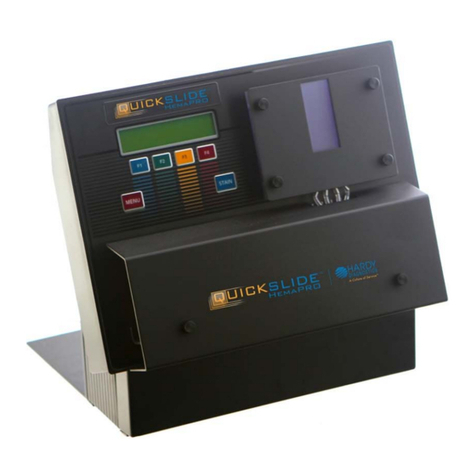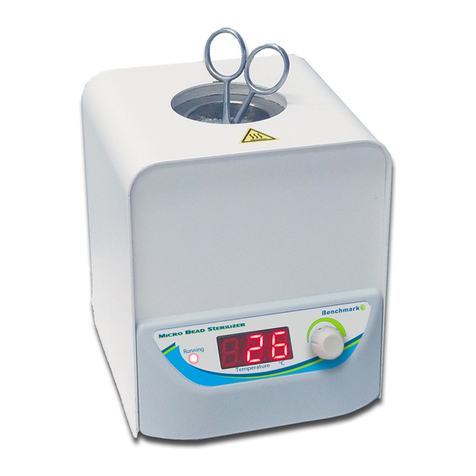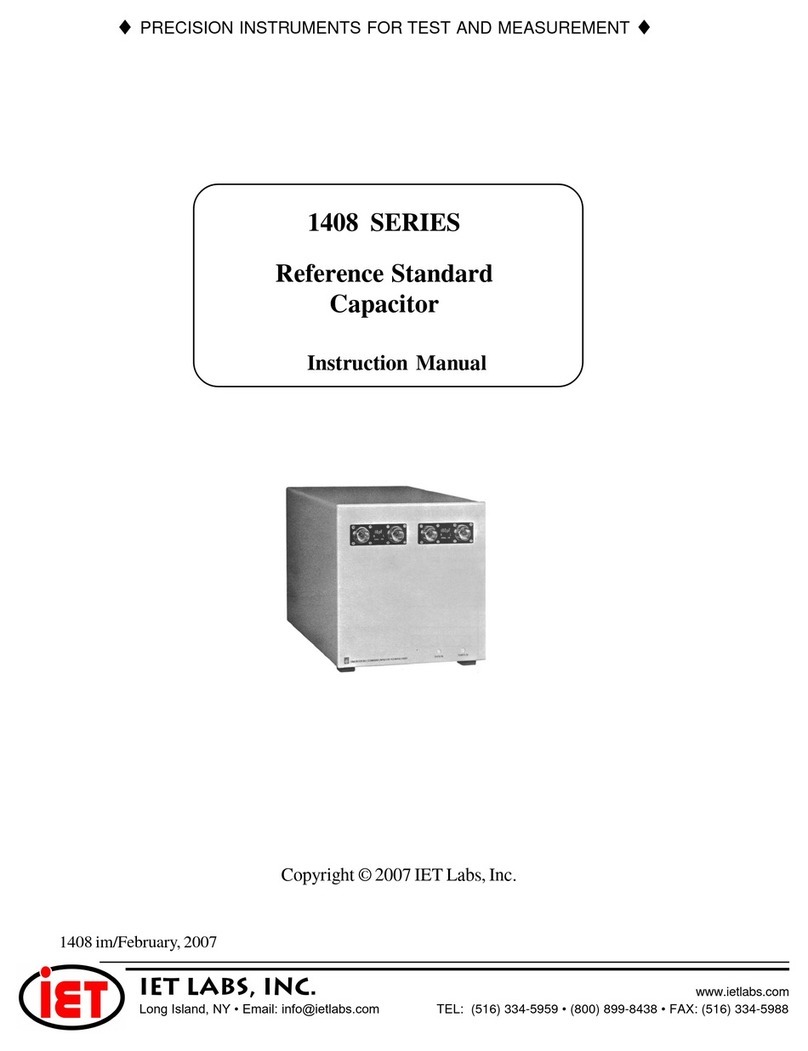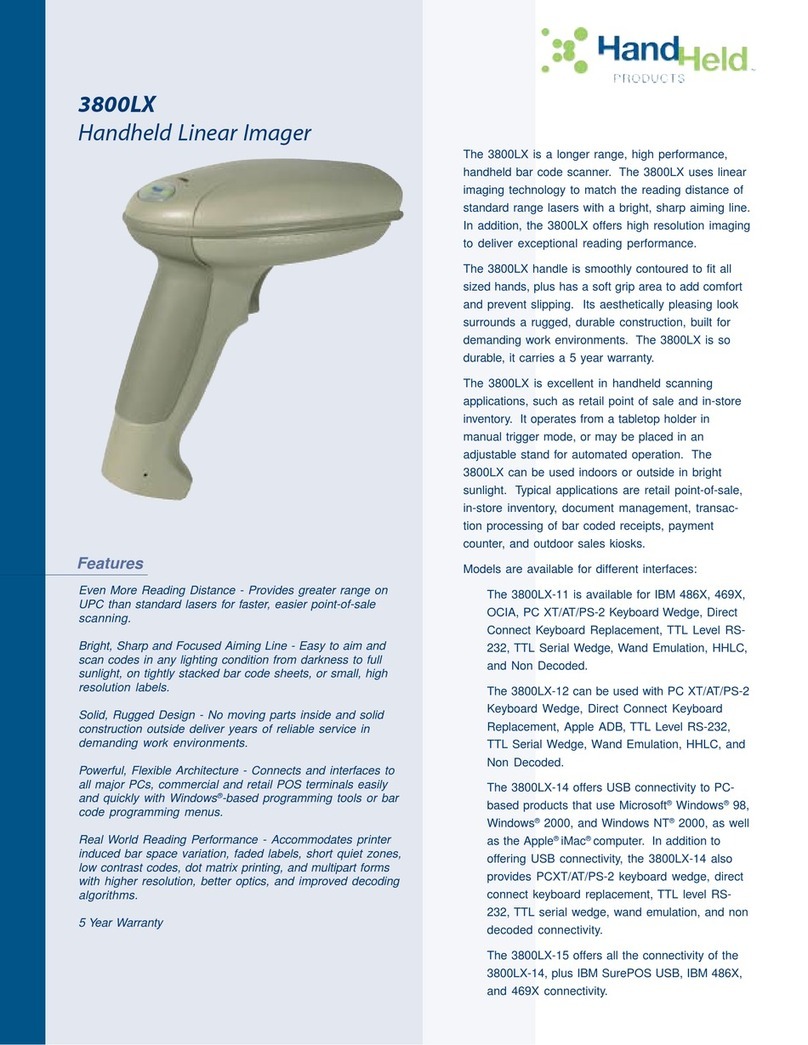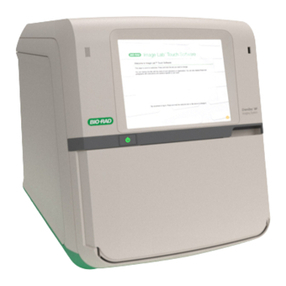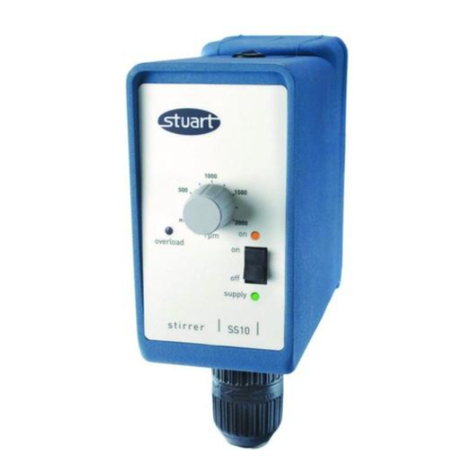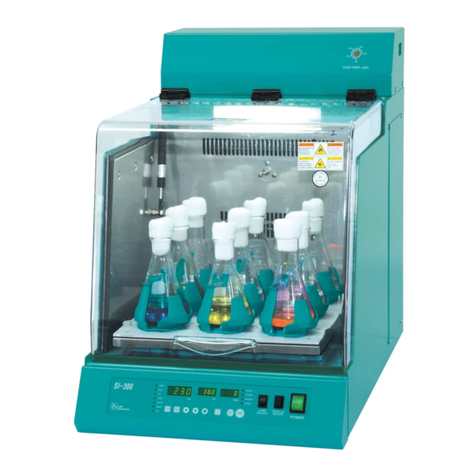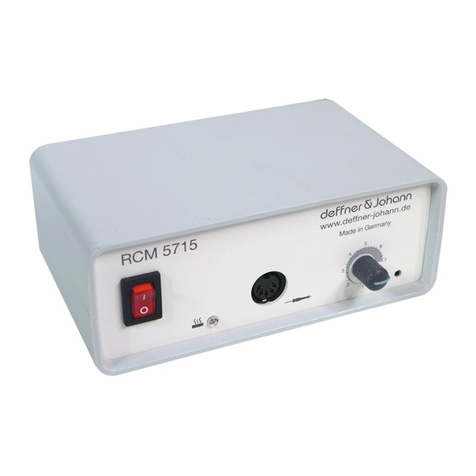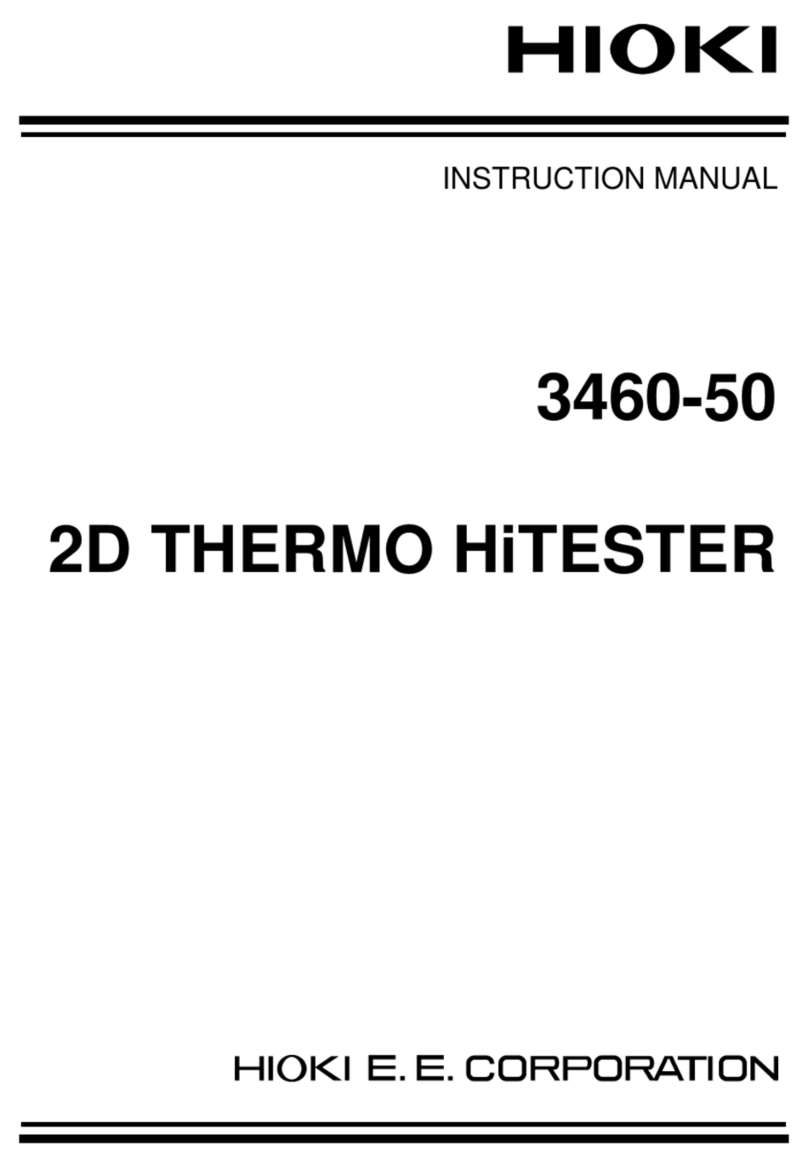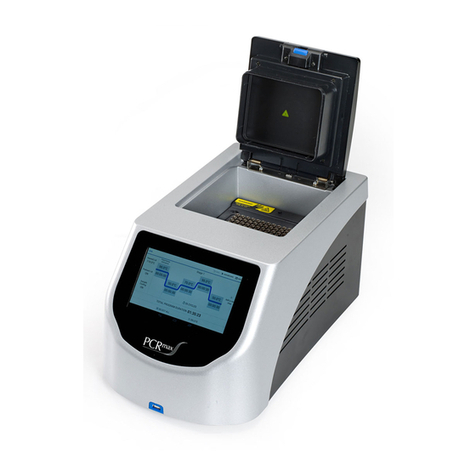2.4. Functional Description
Gemini EM/XPS Dual Scanning Microplate Spectrofluorometer User Guide — 0112-0128 Rev. A 13
2. Principles of Operation
When reading using fluorescence, you can set a fixed wavelength for excitation and scan
the emission wavelengths, or vice versa. The default value reported for each well is the
wavelength of maximum fluorescence.
When luminescence is chosen, only the emission wavelengths are scanned, and the default
value reported for each well is the wavelength of maximum luminescence.
All spectrum readings are made using the scanning monochromators of the Gemini
reader.
Well Scan Read
Some applications that involve the detection of whole cells in largearea tissue culture
plates may require the use of well scanning mode. As many cell lines tend to grow in
clumps or in the corner of microplate wells, this nonconfluent growth pattern may
require multiple reads in a well at different locations.
When used with 6well, 12well, 24well, 48well, or 96well plates, well scanning allows
maximum surface area detection for whole cell assays. No plate adapter is required when
using largearea tissue culture plates.
For more information on well scanning, please review the appropriate section in the
SoftMax Pro User’s Manual.
2.4.3. TEMPERATURE REGULATION
The Gemini readers have been designed to regulate the temperature of the microplate
chamber from 4°C above ambient to 45°C. Upon power up, when the incubator is off,
the temperature in the Gemini microplate chamber is ambient and isothermal. Turning
on the incubator by pressing the key causes the Gemini to begin warming
the microplate chamber. The temperature set point defaults to 37.0°C at startup.
Accuracy of the temperature set point is guaranteed only if the set point is at least 4°C
above ambient. If the temperature set point is lower than the ambient temperature, the
chamber temperature remains at ambient. Temperature regulation is controlled by heaters
only and, therefore, cannot cool the temperature to a setting lower than ambient.
Additionally, the highest setting (45°C) can be achieved only if the ambient temperature
is greater than 20°C.
Typically, the microplate chamber reaches 37.0°C in less than 30 minutes. The microplate
chamber temperature is maintained at the set point until you press the incubator
key again, turning temperature regulation off.
Should you turn the incubator back on after a momentary shutdown, allow about ten
minutes for the control algorithm to fully stabilize the microplate chamber temperature.
Temperature regulation and control of the microplate chamber is achieved through
electric heaters, a fan, efficient insulation, and temperature sensors. The heaters are
TEMP on/off
TEMP on/off





















